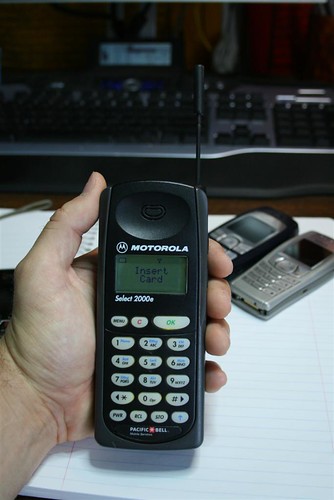I still remember those days. Everyone was writing off Nokia and some even claimed this company would cease to exist come couple of years.

Not only does Nokia differentiate itself spectacularly in the Windows 8 Ecosystem, but also positions itself as the best choice among the Windows devices. While the share of Windows itself is miniscule as of now, the share of that windows phone that belongs to Nokia is huge.
Having seen the crisis of Nokia up close (I was an employee of Nokia subsidiary, Nokia Siemens Networks), I am proud to mention how the company reinvented itself from the burning platform it seemed to be standing on (Stephens Elops letter to Nokia employees).
The Nokia management board was put through an intense leadership test. While the entire universe was imploring Nokia to jump the bandwagon and tie up with Android, Stephen Elop shrewdly stroke an exclusive partnership deal with Microsoft.

With the introduction of Lumia 520 and 720, Nokia has completed the different price point offerings, and has something to offer to every kind of consumers. Yes, I was there in Barcelona Mobile World Congress 2013 when these smartphones were launched.
There was a phase in the middle when none of my friends seemed to be buying Nokia smartphones. However, now things seem to have changed quite considerably.
One of my friend was in dilemma as to which smartphone to buy. He was bored of the laggy UI of a cheap android phone. I recommended Lumia 520. He has fallen head over heels for the WP8 eco system. He thanks me all the time for literally forcing him to go for WP8.
What I dont understand is this initial reluctance to try something new that none of the friends in the extended social circle has been using. Hopefully, as I see more and more people around me buying Lumia devices, I would try to get some insight into this follow-the-herd mentality which is harming the sales of the innovative devices that lack the social approval.





